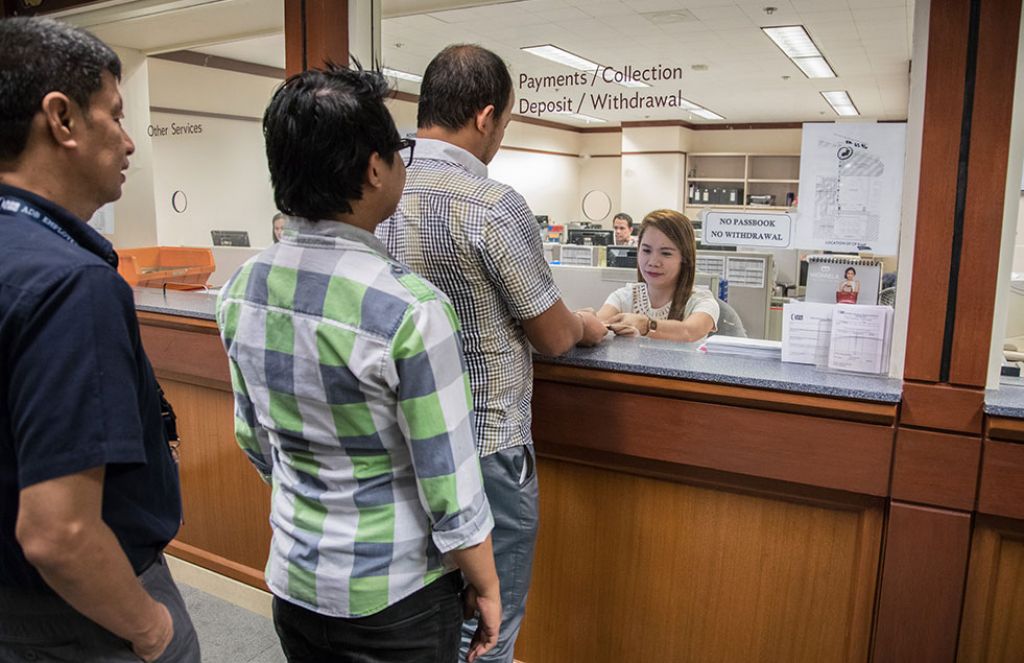
Philippine banks have increased provisioning to prepare for a possible threefold surge in credit losses, amid sagging domestic economy.
Filipino lenders revealed a large increase in provisions in their first quarter results, in anticipation of higher nonperforming loans (NPL) in the coming quarters.
A report from S&P Global Ratings has projected that the banks’ credit losses will rise by US$1.98bn (Php100bn) in 2020. This is represents 1.3% of the banking sector’s loans, almost three times higher than the metric average of 0.45% from 2015-2019.
Taking off a little pressure is the fact that the central bank allows banks to stagger covid-19-related credit losses over five years. Affected loans can also be excluded from reported NPL ratio until December 2021.
Growing tension in the sector
The stress on the lenders remains palpable.
Bank of the Philippine Islands (BPI) reported that credit costs increased to 1.2% of gross loans in Q1, compared with 0.4% for 2019.
Metropolitan Bank & Trust Co. (Metrobank) declared annualised credit costs of 1.4% compared with only about 0.7% for 2019.
Security Bank’s credit costs shot up to 4.9% on an annualised basis, compared with 0.9% for 2019. The bank has higher-than-industry exposure to consumer and midsized enterprise loans.
The situation is expected to worsen in the coming months. The lockdown on the main Philippine island of Luzon started in mid-March; this means the effects of the outbreak on the banking sector’s asset quality will only be apparent in the coming quarters.
Corporate demand for credit could help
The better performing large and midsize commercial banks will likely continue to set aside increased provisions in the coming quarters, when profits permit, according to S&P.
In contrast, weaker and smaller financial institutions are more likely to utilise regulatory forbearance and relaxed loan classifications.
In the end, local banks’ asset quality will largely depend on the performance of the corporate sector, which forms 82% of banks’ loan books. There could be some pick-up in credit demand from the corporate sector as they draw down on bank lines to maintain liquidity.







